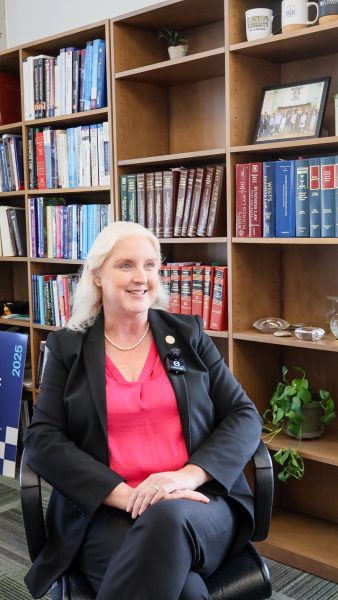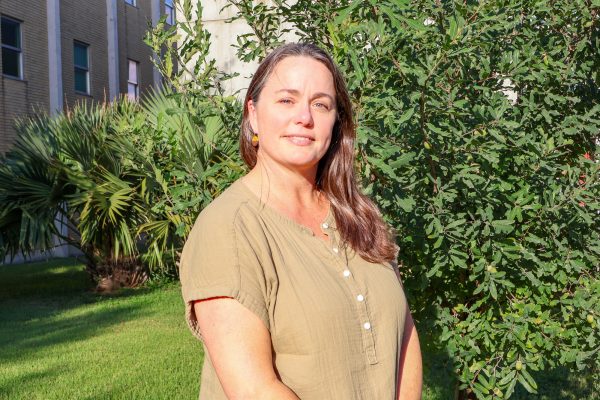New policy created
When St. Edward’s University staff members returned to work on campus in January, they learned that a major policy had changed.
This semester, Human Resources retired the staff Secondary Employment policy and established the staff Conflict of Interest policy in its place. The Secondary Employment policy did not prohibit staff members from working outside of the university, but it required staff members to inform their dean, supervisor and/or vice-president of outside jobs so any conflicts of interest could be avoided.
The new conflict of interest policy states that both staff and faculty members must make it known to the university if they have “any affiliation with any outside organization which may lead to the appearance of or actual conflict of interest.”
The policy does not bar all activities that could create a conflict of interest for staff members, as long as the university is aware of the issue. There is only a problem when staff members benefit financially, directly or indirectly, or compromise their loyalty to the university without first notifying the university of the conflict.
The policy also regards benefits for family members or business interests as conflicts of interest as well.
Faculty members have had a policy for years regarding outside employment, but the new policy now applies to staff members as well.
“[Faculty] have a primary professional obligation to the university and its students, so it is important that other activities, including other employment, not interfere with that obligation,” said Organizational Development Coordinator Patricia Grigadean. “In the summer of 2010, it was determined that a similar policy should apply to staff employees.”
After its instatement for a semester, Human Resources noticed areas where the policy needed to be revised.
“Upon further review, it was determined that the staff Secondary Employment policy should be included as part of the Conflict of Interest policy for Trustees, Officers and Key Employees which was adopted in 2009,” Grigadean said.
The university has made policy changes in the past to ensure that some incidents don’t become problems again, but Human Resources insists this was not the case with the new Conflict of Interest policy.
“There was no ‘event’ that sparked either the development or revision of the policies,” Grigadean said. “It is simply the university’s ongoing commitment to its students and to transparency and high ethical standards in the ways in which we conduct business.”
While the university is striving for a more ethical policy, not everyone agrees that it meets the standard because of its wording.
“The only thing I’m worried about [in the policy] is the words ‘appearance of conflict’ appears three times and then ‘perceived conflict’ once,” said Jack Green Musselman, director of the Center For Ethics and Leadership. “‘Perceived conflict’ is pretty vague. If the clear guidelines are to prevent conflicts so that people don’t run afoul of our policies and our mission, I worry about if it’s fair to tell people to worry about the appearance without saying what counts as that.”






